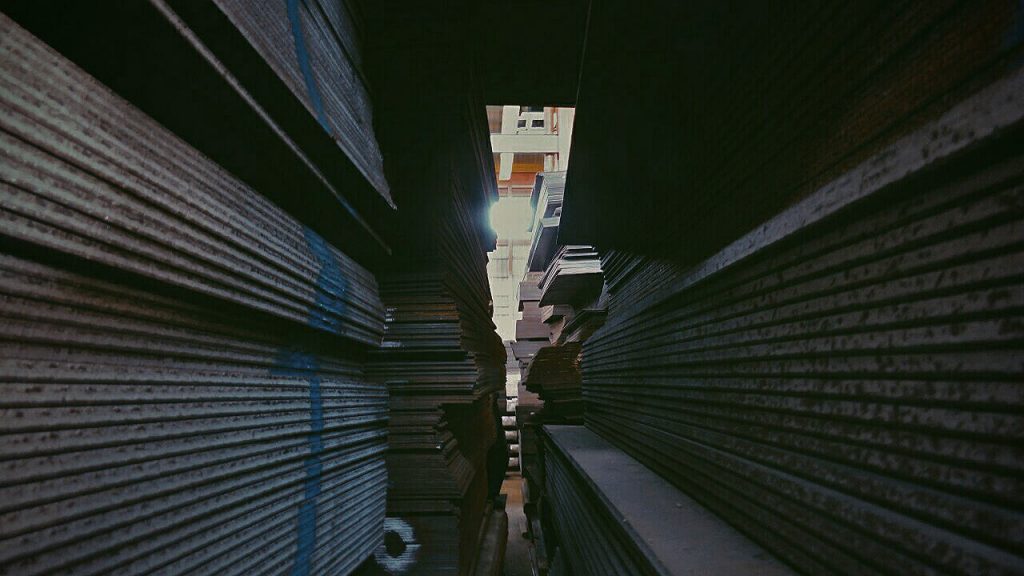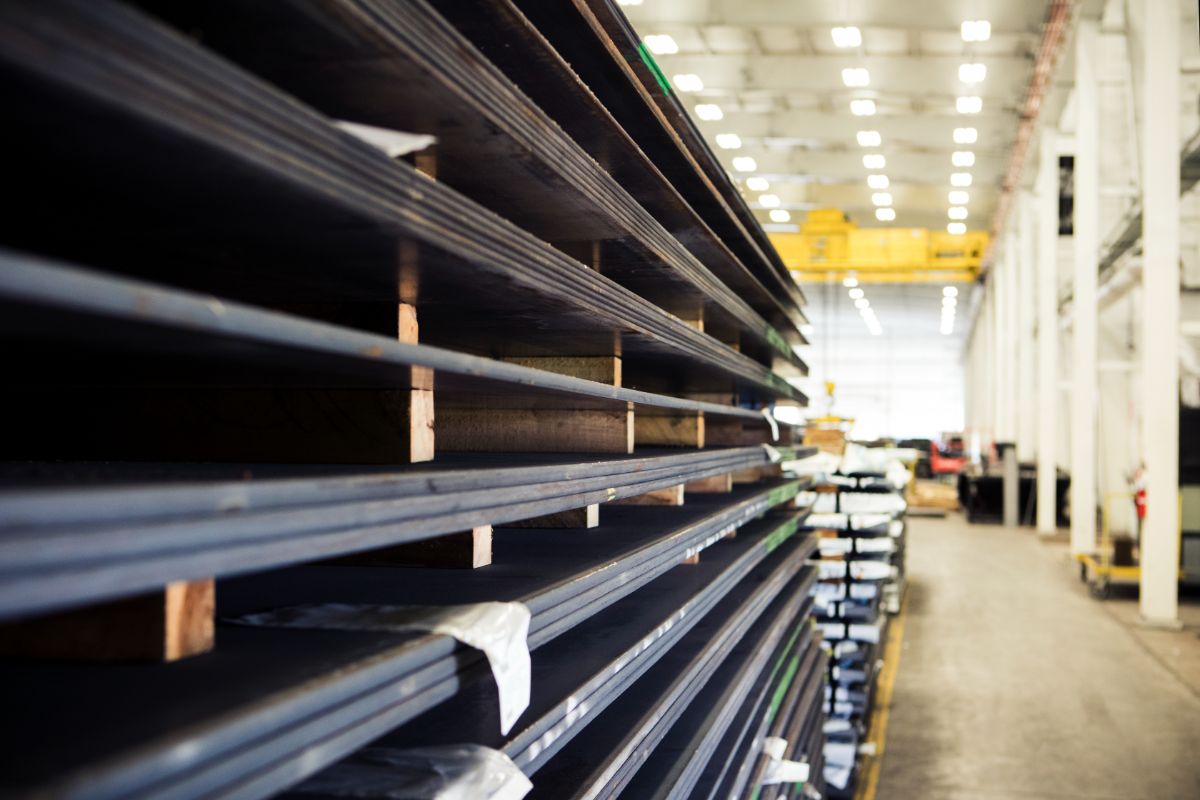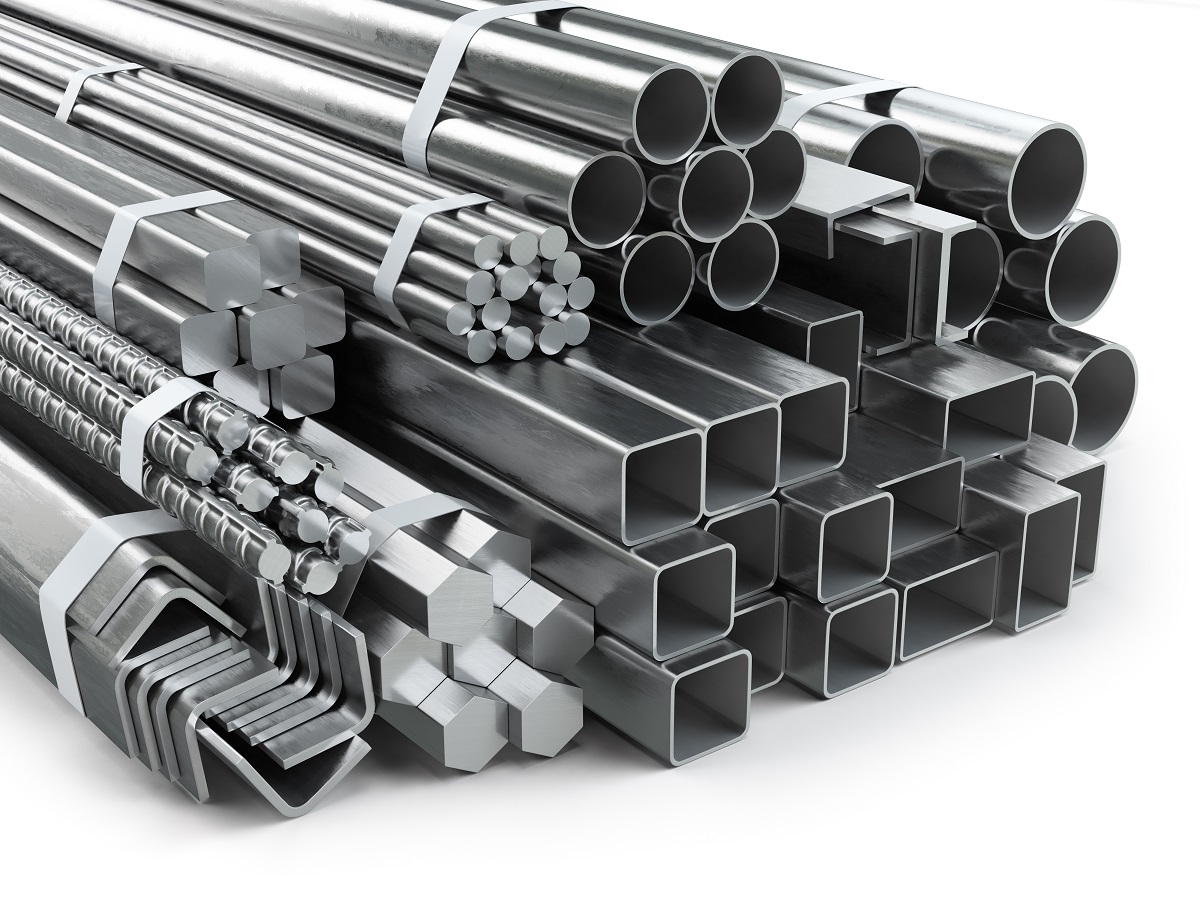8 Key Differences Between Mild Steel vs Stainless Steel Plates

What are the differences between mild steel vs stainless steel?
- Composition
- Types and grades
- Strength
- Corrosion resistance
- Toughness and ductility
- Fabrication and weldability
- Aesthetics
- Maintenance
There are different types of steel, including stainless steel and mild steel. These are two of the most widely used steel products in the world. One of the most frequent questions that people have when it comes to these types of steel is: what, exactly, is the difference between mild steel vs stainless steel?
At Metal Exponents, this is often asked as our customers have difficulty picking a particular steel type for their project.
If you have the same question in mind and want to know what might make one or the other the perfect choice for your steel project, read on! We’ll be taking a closer look into the many differences between mild steel and stainless steel.
Composition

Mild steel and stainless steel are both steel alloys, which means that they generally contain some amount of iron and carbon in them. The difference lies in how much of each element these alloys have.
Mild steel, also known as low carbon steel, has carbon as its main component, accounting for about 0.05 to 0.25% of its content. It also has other elements in smaller quantities, such as aluminum, nickel, chromium, silicon, sulfur, and more.
Stainless steel also contains carbon, but it has a higher quantity of chromium compared to mild steel. Chromium makes up about 10.5% of its content. It also has different alloying elements, such as manganese, nitrogen, copper, and molybdenum, among others.
Types and grades
Both mild steel and stainless steel are alloys, which means there are numerous types and grades under each category.
For mild steel, their common grades include:
- EN 1.0301 — has 0.4% silicone, 0.4% manganese, and 0.1% carbon. It also contains smaller amounts of copper, nickel, aluminum, chromium, and molybdenum.
- EN 1.1121 — has 0.08% to 0.13% carbon and 0.3% to 0.6% manganese. Generally used for its ductility and formability.
- EN 1.0402 — has 0.18% and 0.23% of carbon and has 0.3% to 0.6% manganese. It has enhanced strength, toughness, and ductility.
Stainless steel has four major categories: Austenitic Stainless Steel, Ferritic Stainless Steel, Duplex Stainless Steel, and Martensitic Stainless Steel. Under these are at least 150 grades of stainless steel. The following are the most common grades of stainless steel:
- 200 Series — stainless steel usually used for cutlery, washing machines, and automotive parts.
- 300 Series — stainless steel is usually used to make medical instruments, food and beverage equipment, automotive components, jewelry, and the like.
- 400 Series — stainless steel used for heat-treating applications. These include motor components, agricultural equipment, and turbine parts.
Strength
When it comes to raw strength, stainless steel comes out on top. Stainless steel typically exhibits higher strength than mild steel grades, thanks to the amount of chromium used to make this alloy. Thus, stainless steel is preferred when making products or objects that need to withstand impact or frequent usage.
Mild steel’s strength is still considerable and can be improved by adding more carbon to the alloy.
Corrosion resistance
Mild steel grades can rust easily, which is why they need protective paint coats or galvanization to protect themselves from corrosion.
Stainless steel, on the other hand, is very corrosion resistant. This is again thanks to its chromium content, which forms a protective layer. The protective layer prevents the iron content in stainless steel from reacting with oxygen. Hence, a surface that is always clean with no rust. However, several factors can corrode stainless steel, such as acid immersion.
Toughness and ductility

Toughness is a metal’s ability to absorb energy and deform without fracturing or breaking. In general, stainless steel is tougher than mild steel, as it has higher carbon content.
However, this toughness also makes stainless steel less ductile than mild steel. Mild steel is much easier to twist, bend, and stretch. It can easily be formed into different shapes without breaking.
Fabrication and weldability
Since mild steel is more ductile, it is easier to fabricate. It can easily be cut, twisted, drilled, and rolled into various forms, such as plates, pipes, tubing, and the like. Stainless steel, in comparison, is more difficult to fabricate and often needs high-spec machines and skilled fabricators to do.
Welding also becomes a challenge when working with stainless steel, as it easily changes shape and color when going through this process. Mild steel is much easier to weld, though some caution is needed due to its carbon content.
Aesthetics
Stainless steel normally has a shiny, clean, and silver-white look. However, the exact color of it depends on what grade of stainless steel you choose to use. Mild steel, on the other hand, tends to have a dull and dark appearance. Though this can be improved with paint or powder coating.
When it comes to aesthetics, stainless steel does have the advantage, especially in applications where visual appeal is important (such as in architecture). Stainless steel also makes an attractive choice for making commercial items, such as kitchenware, door and cabinet handles, furniture, and the like.
Maintenance
It is generally easier to maintain the appearance of stainless steel products as it is highly resistant to corrosion. So, it needs no additional care to prevent rust. Dirt, germs, and more also don’t stick easily on its surface as it has a very smooth texture.
For mild steel, some maintenance is needed. Fresh coats of paints are necessary and should be done when the exterior seems to be fading or peeling off. Without this protective paint coat, mild steel will soon rust. This is especially true when exposed to rain and sun.
Key Takeaway
Now that you know the key differences between mild steel vs stainless steel, you may be wondering if one is clearly better than the other. The answer to this is it all depends on your project’s requirements and what you plan on doing with the steel.
Regardless of your choice, if you’re looking for high-quality steel products, contact Metal Exponents today! We carry an extensive list of steel supplies for whatever project you need to tackle.


